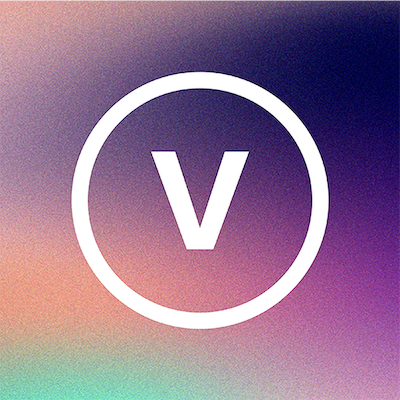1,276 reads
How to Implement GIS Techniques with JavaScript and HTML
by
January 6th, 2022
Audio Presented by

Vibemap is a city discovery app that connects you with meaningful places, experiences, and people that match your vibe.
About Author
Vibemap is a city discovery app that connects you with meaningful places, experiences, and people that match your vibe.